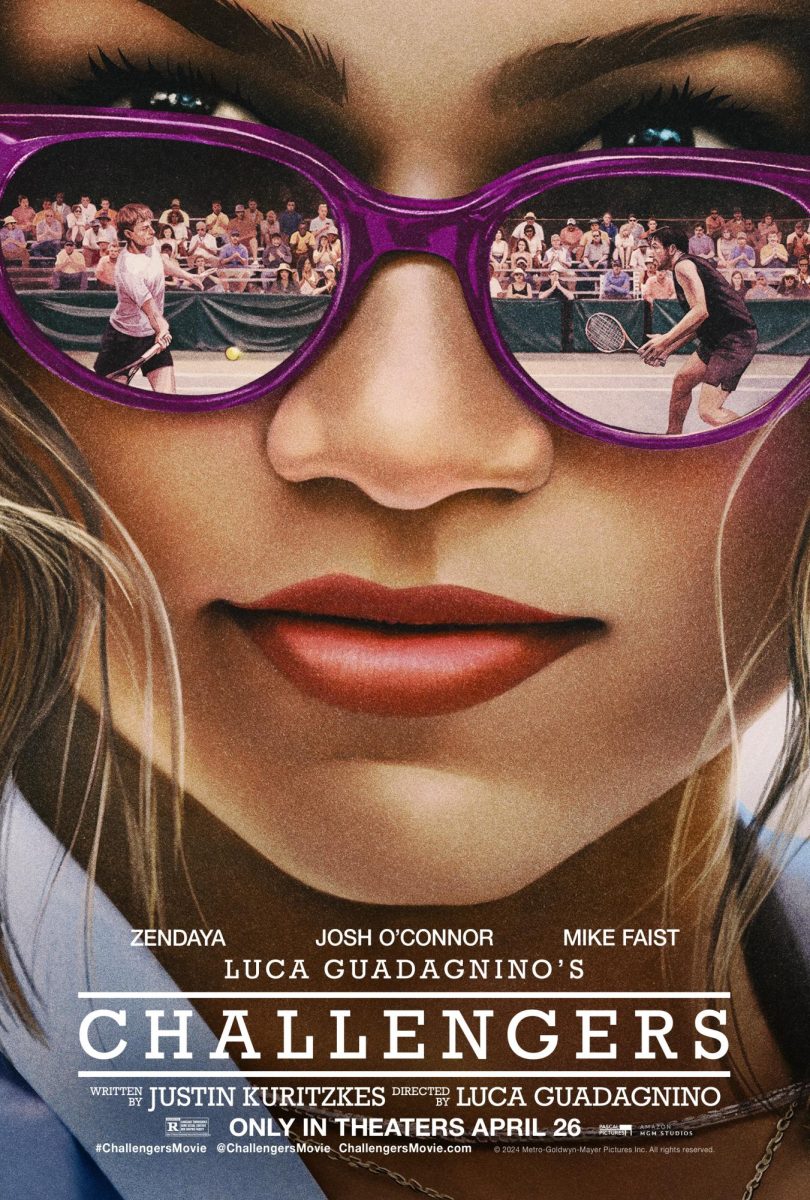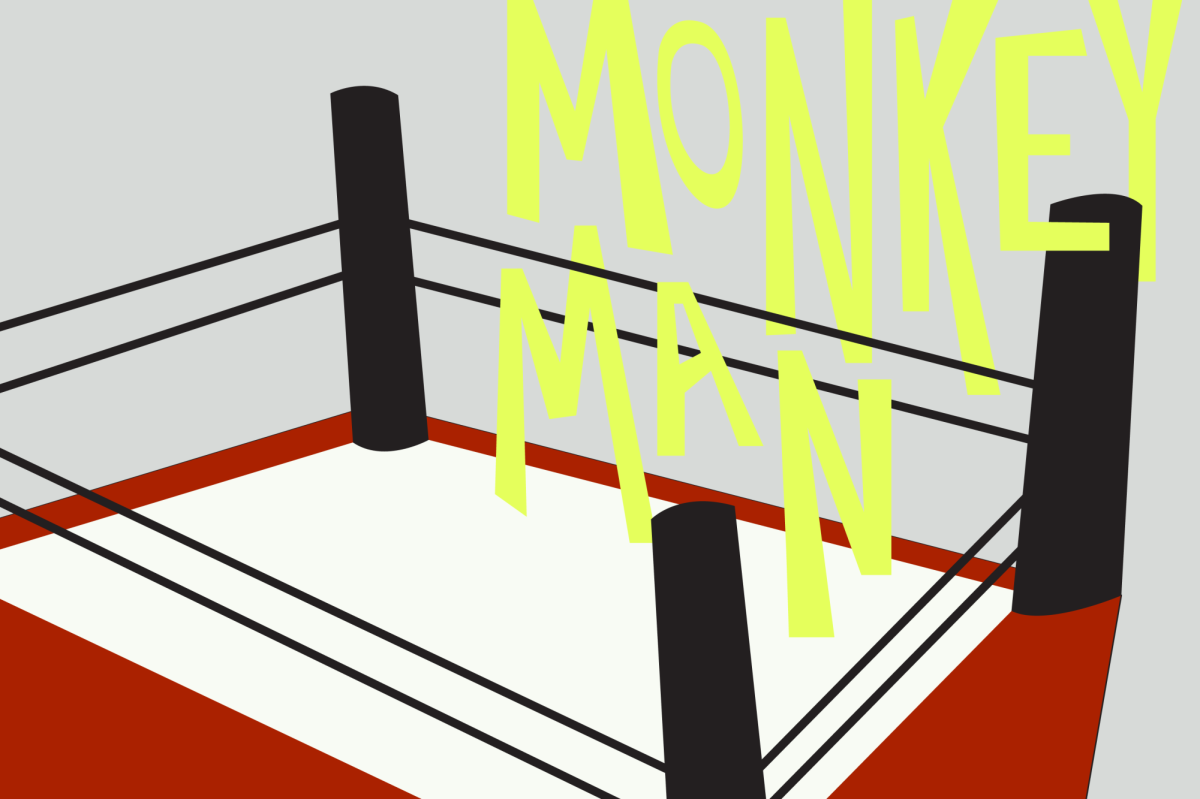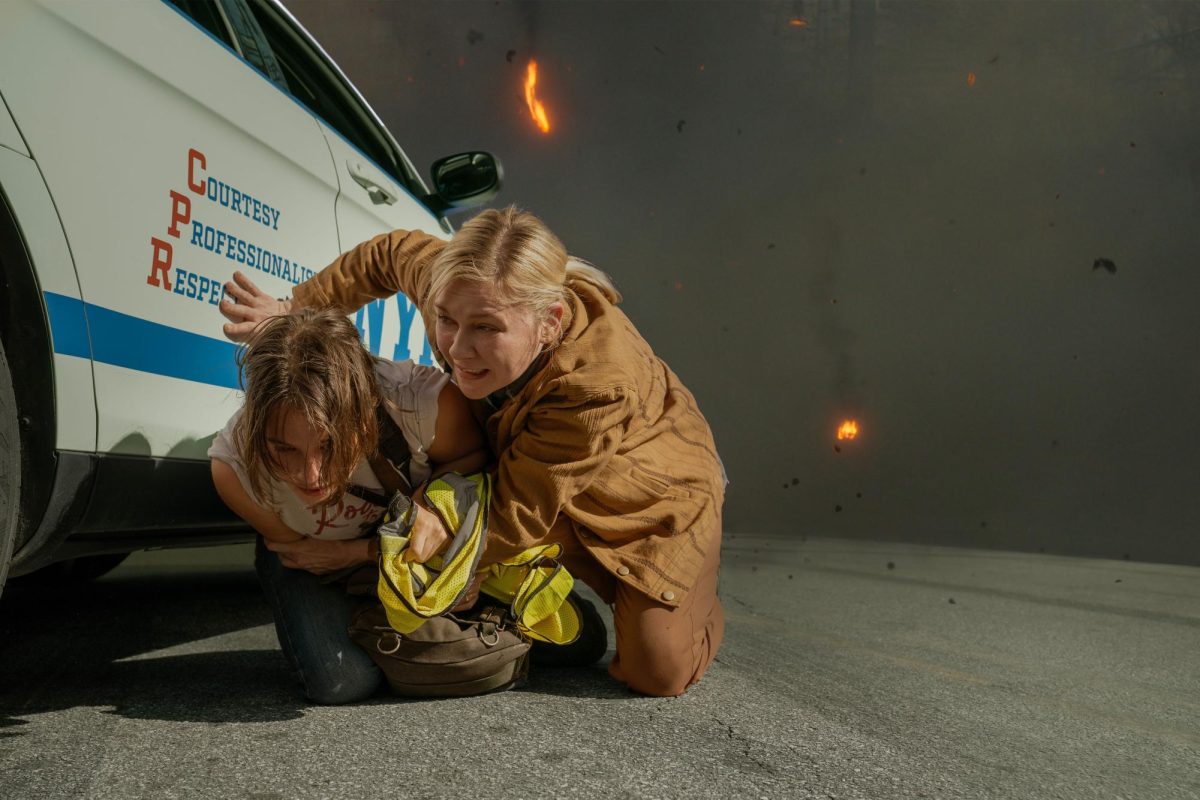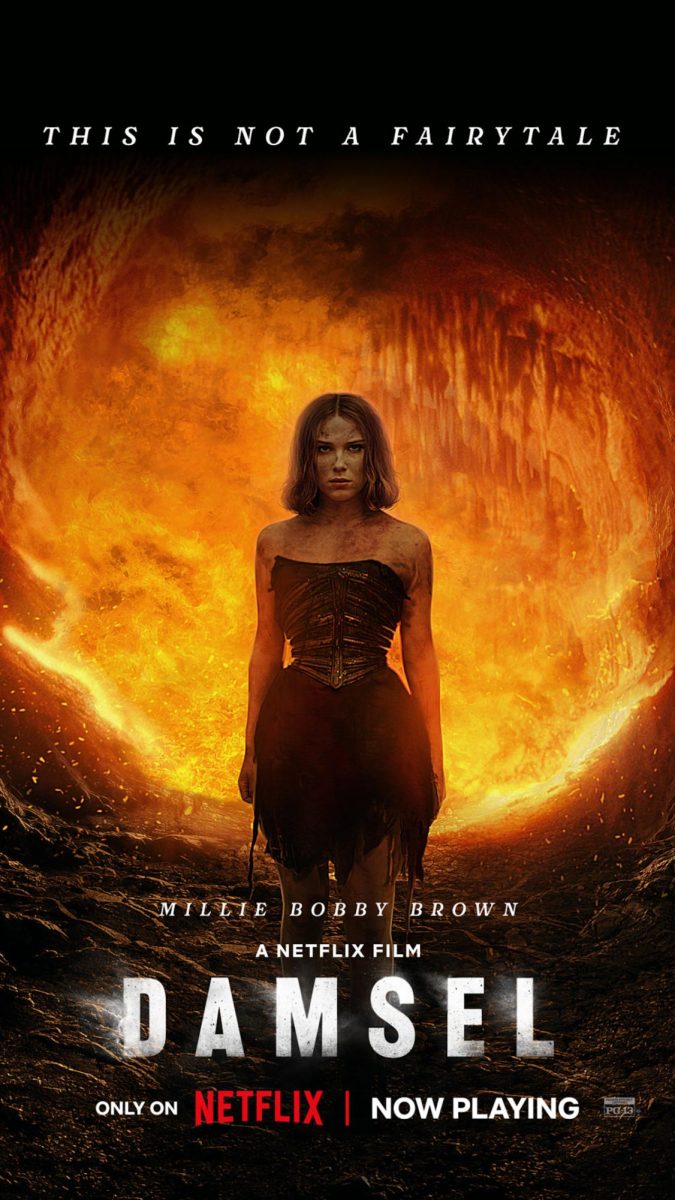
Photo Courtesy American Indian Film Institute
The Utah Museum of Fine Arts and the Utah Film Center are partnering to produce awareness of depictions of Native Americans in modern society. To present these issues, UFC is showing its Native Voices film series at the UMFA tonight.
UFC shows free movies across the valley that are not normally seen in big theaters. The purpose of the movies are to “[emphasize] social content and artistic excellence [and] present the best documentary, independent and dramatic cinema year-round,” according to the website.
UFC wants to highlight new voices in Native American filmmaking by showing short films at the UMFA to coincide with the exhibit “Bierstadt to Warhol: Native Americans in the West.”
The first film in the series, “On the Ice,” began the feature of Native American films Feb. 27. The Native Voices series is the conclusion to the UFC’s highlight of films by Native American directors.
The series illustrates the “evolution of traditional Native American storytelling,” said Patrick Hubley, the artistic director of UFC. “These are young filmmakers and part of a new generation of storytellers.”
While Native American storytelling is traditionally oral, these films show the progression of storytelling in Native American culture as it moves to more contemporary forms, such as film.
“We hope the series introduces the audience to new films and filmmakers they wouldn’t normally see,” Hubley said.
The benefit of having a shorts program is that more filmmakers are able to gain exposure and have their movies seen. Hubley said the six short films are different from one another and range from documentary, shorts, animation and narrative. Native Americans directed each film.
One filmmaker, Cedar Sherbert, whose film “Gesture Down” is featured in the series, spoke on the Smithsonian website Native Voices.
“I wish to continue producing narrative works that not only speak to native and non-native viewers from within the culture, but that challenge long-held stereotypes concerning Indian life while helping to expand the vocabulary of Native American cinema,” Sherbert said.
Brooke Swaney’s film “Ok, Breathe Auralee,” a story of a young girl who is baby-obsessed, is only one part of a larger story Swaney is trying to tell. Swaney, like Sherbert, is interested in the evolution of storytelling in Native American culture by using film to tell four stories about issues in contemporary Native Americans’ lives.
The documentary “Napi,” directed by Damien Eagle Bear, is about the trickster Napi of the Blackfoot tribe. Tricksters are prevalent in native cultures, and in the film four elders of the Blood Tribe — the largest in the Blackfoot Confederacy — share their knowledge of their tribe’s trickster and how he has affected the Blackfoot people.
In “Napi,” traditional oral storytelling crosses with the newer storytelling in film. The two styles come together to entertain and inform the viewer about Napi’s adventures.
“Shimásáni,” directed by Navajo Blackhorse Lowe, is a story taken from his grandmother’s life in the 1930s. The main protagonist, Mary Jane, must decide between continuing her traditional lifestyle or leaving the reservation to go to boarding school. According to Native Networks, the film won the 2010 SWAIA Indian Market’s Best of Show Award — the first time a film has won SWAIA’s top prize. The film also earned the award for Best Cinematography at the First Peoples’ Festival in Montreal.
In a culture that has traditionally been swept to the sidelines, these films give students a small glimpse at the issues and challenges Native Americans face in the contemporary art of storytelling through film. The series is free for everyone and starts at 7 p.m. at UMFA.














